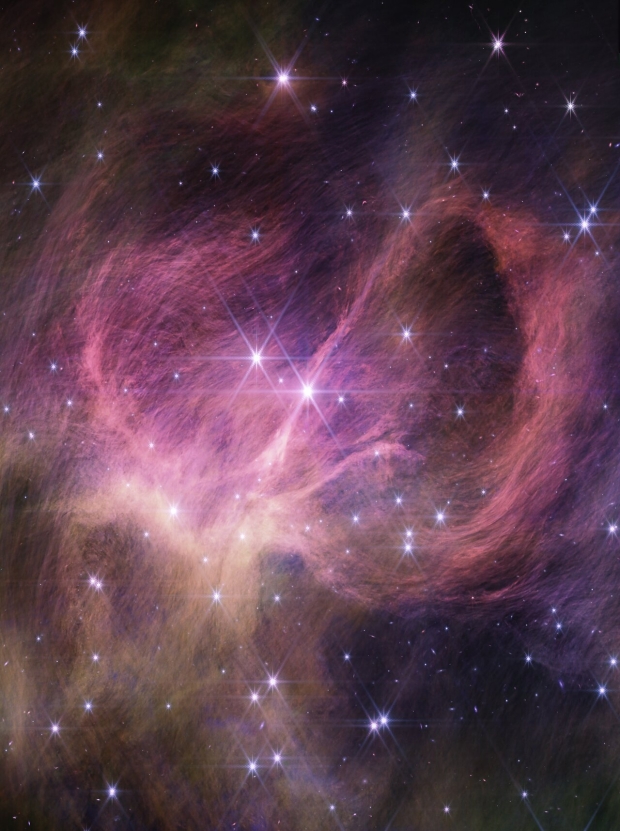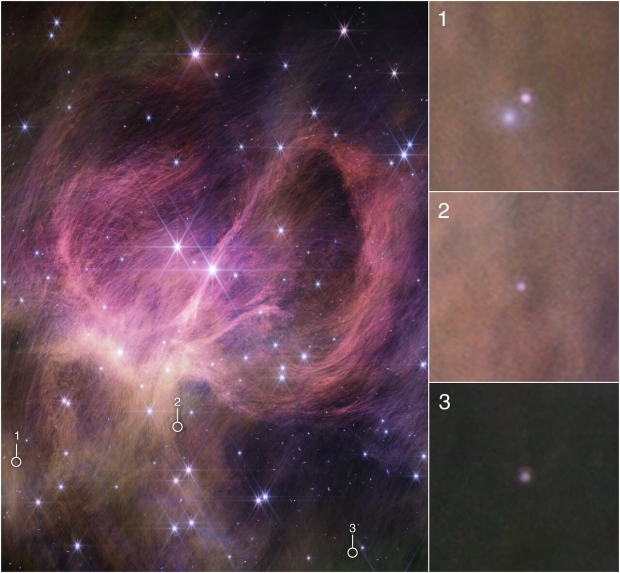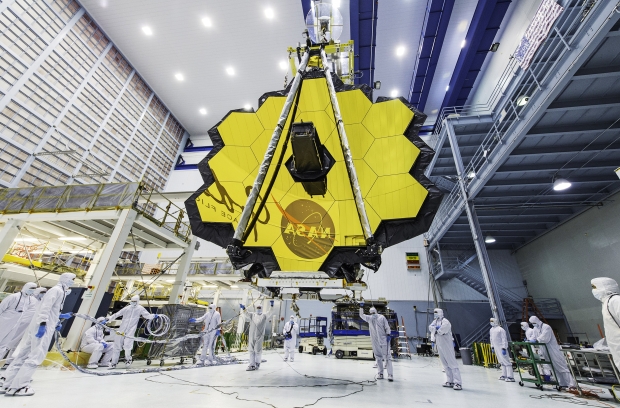NASA's James Webb Space Telescope, the most powerful space telescope in the world, has been used to try and answer the following question - what are the smallest stars?

A team of researchers from Pennsylvania State University pointed Webb's Near-infrared Camera (NIRCam) at the heart of the star cluster IC 347, which resides in the star-birthing Perseus star-forming region. The recovered data revealed the discovery of a record-breaking free-floating brown dwarf star and two other "failed stars". Notably, the "failed star" nickname linked to brown dwarf stars can be attributed to brown dwarf stars never gaining enough mass to trigger nuclear fusion, the reaction at the core of a fully grown star.
The team used the NIRCam image to identify any potential targets for the smallest possible star and followed up with Webb's NIRSpec (Near-Infrared Spectrograph) micro shutter array. The results yielded three targets weighing three to eight Jupiter masses. These targets each had surface temperatures ranging from 830 to 1500 degrees Celsius. Notably, the record-breaking smallest of the three weighs approximately three to four times Jupiter.

To read more about this story, check out this link here.
"It's pretty easy for current models to make giant planets in a disc around a star," said Catarina Alves de Oliveira of ESA, principal investigator on the observing program. "But in this cluster, it would be unlikely that this object formed in a disc, instead forming like a star, and three Jupiter masses is 300 times smaller than our Sun. So we have to ask, how does the star formation process operate at such very, very small masses?"
"This is the first time we've detected this molecule in the atmosphere of an object outside our Solar System," explained Alves de Oliveira. "Models for brown dwarf atmospheres don't predict its existence. We're looking at objects with younger ages and lower masses than we ever have before, and we're seeing something new and unexpected."



